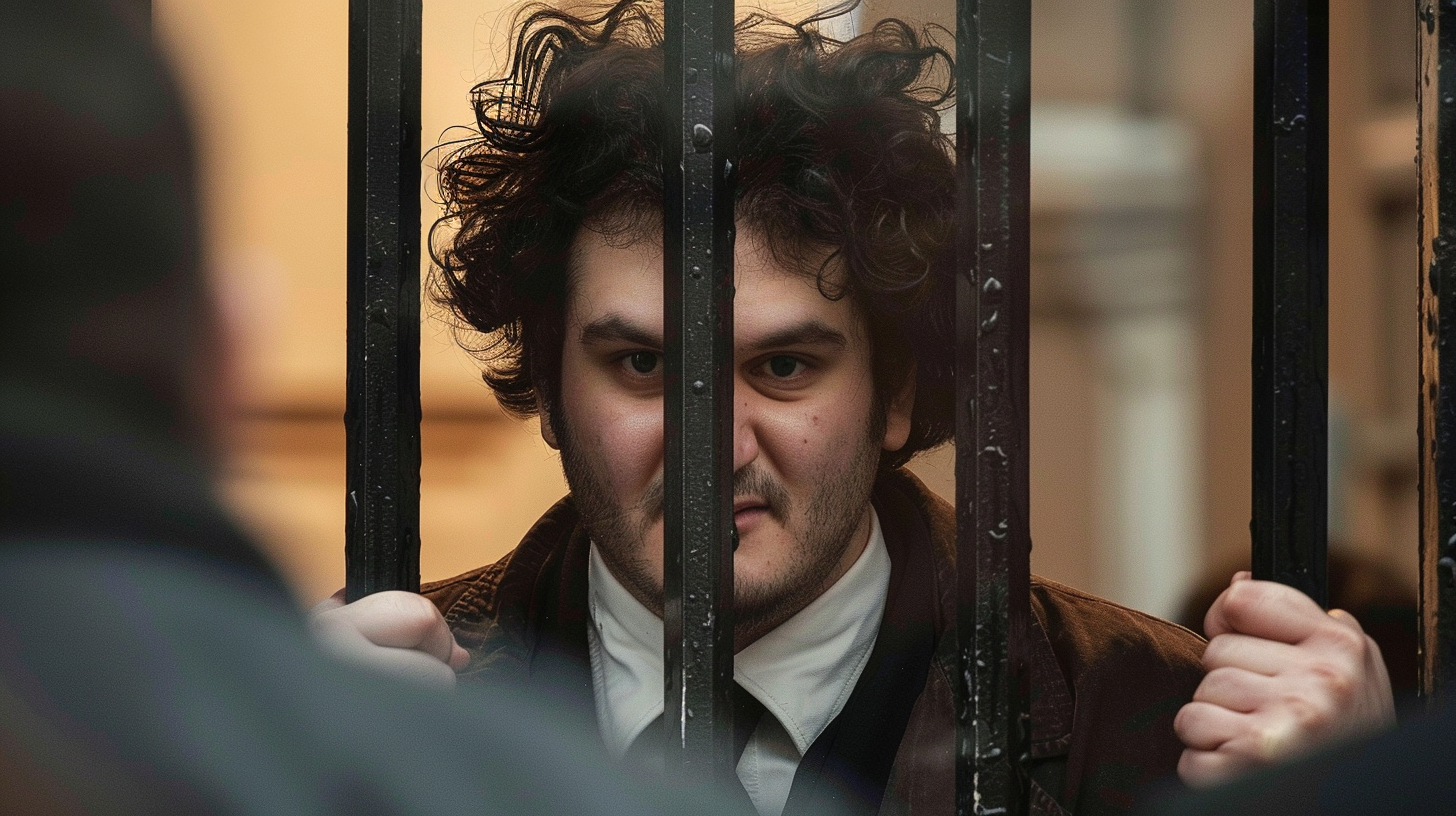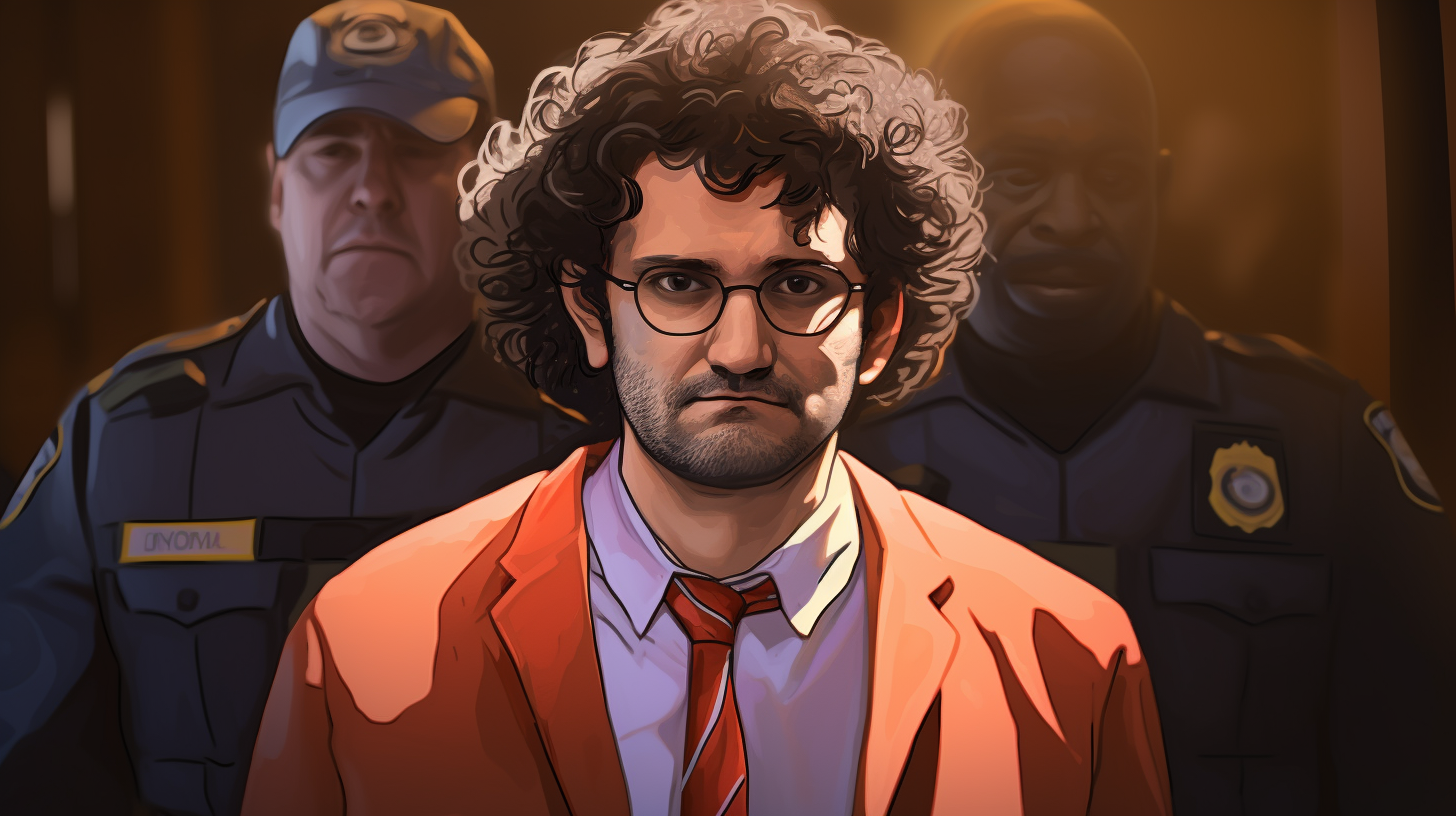In a remarkable turn of events, the collapsed cryptocurrency exchange FTX has proposed a bankruptcy reorganization plan that could see nearly all of its customers fully repaid for their lost funds – and then some. According to a court filing released on Wednesday, FTX estimates it owes creditors around $11.2 billion, but has managed to recover between $14.5 billion and $16.3 billion to distribute.
The proposed plan states that customers whose claims amount to $50,000 or less, which accounts for around 98% of FTX’s creditors, will receive approximately 118% of their allowed claim amount. This means these customers would get all of their money back, plus an additional 18% payout on top.
This development comes as an incredible lifeline for the many retail investors and traders who had their funds frozen when FTX collapsed into bankruptcy in November 2022 amid fraud allegations against its founder Sam Bankman-Fried. At the time, new CEO John Ray III bluntly stated it was one of the most catastrophic corporate failures he’d seen in 40 years of restructuring experience.
So how did FTX manage to raise over $14 billion to repay creditors after such a spectacular implosion? The answer lies in a series of strategic asset sales and recovering investments made by the exchange and Bankman-Fried’s hedge fund Alameda Research.
One of the biggest windfalls came from selling most of FTX’s stake in artificial intelligence company Anthropic, which is backed by Amazon. That divestment alone netted FTX close to $900 million. The exchange also monetized various other venture investments and digital asset holdings.
However, FTX faced a significant hurdle – a large sum of cryptocurrency that went simply missing from the exchange after its bankruptcy. This denied them the ability to benefit from the massive price appreciation that leading cryptocurrencies like Bitcoin have seen since November, which is up over 270%.
As John Ray III noted, the company had to “look to other sources of recoverable value to repay creditors” beyond just holding crypto assets. Their aggressive asset sales and recovery efforts seem to have paid off.
While undoubtedly positive news for FTX’s customers, the proposed bankruptcy plan still requires approval from the court overseeing the case. The plan release also reminded that Sam Bankman-Fried was convicted on seven criminal counts related to FTX’s collapse and received a 25-year prison sentence.
If approved, the FTX bankruptcy would represent one of the most successful cryptocurrency exchange restructurings to date in terms of customer reimbursement. It’s a glimmer of hope amidst an industry still reeling from a crisis of consumer confidence following FTX and other high-profile blowups in 2022.
Of course, repayment is just one step in FTX’s long road to reorganization. Serious questions remain around tightening regulatory oversight and restoring trust in centralized crypto trading platforms. But for its customers at least, this plan could provide closure and make them remarkably whole after a near-total wipeout.





